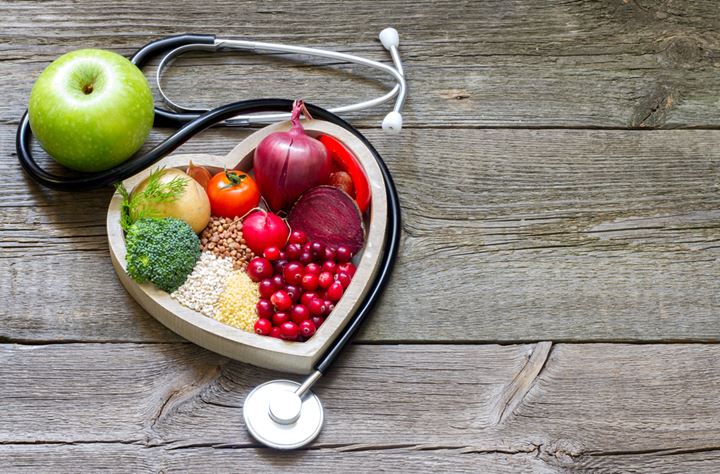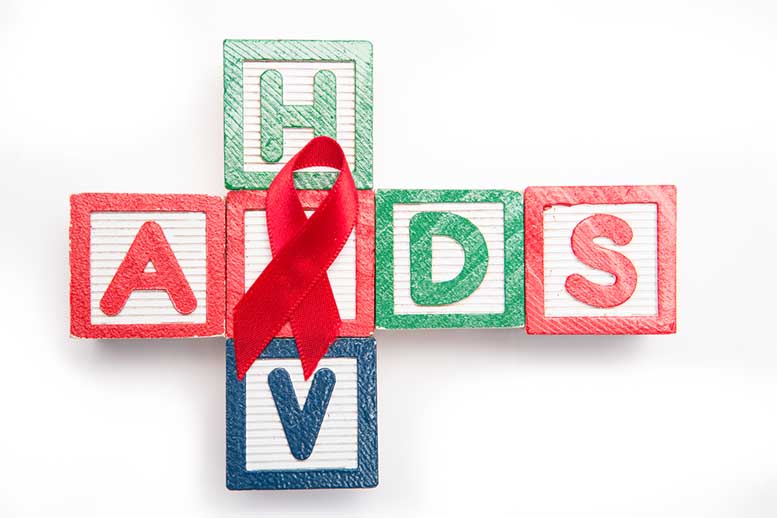Acquired immunodeficiency syndrome or AIDS is a chronic and potentially deadly condition generated by the human immunodeficiency virus–or HIV for short.
HIV and AIDS do not mean the same thing. Having HIV does not mean you have AIDS; AIDS is the result of HIV when an individual does not receive proper treatment.
How It Happens
HIV strikes the immune system, which is the body’s defense mechanism against nearly all types of infections and diseases. Without a healthy immune system, the body struggles with fending off pathogens and disease.
HIV attacks and kills a class of white blood cells known as CD4+ cells, which are an integral part of our immune system. When a large number of CD4+ cells get killed, the body loses its ability to protect itself against disease.
While HIV and AIDS are sometimes mistakenly thought of as the same conditions, AIDS is the final phase of the HIV infection where a patient’s CD4+ cell count is at its lowest. Individuals with low CD4+ cell counts are more susceptible to rare, life-threatening infections and cancerous growths than those with healthy immune systems.
As aforementioned, being HIV-positive does not necessarily lead to AIDS. In fact, it takes HIV to advance into AIDS at least a decade even without antiretroviral therapy.
If HIV is detected prior to its progression to AIDS, treatment can impede or inhibit its destruction of the immune system. Even when HIV advances into AIDS, current therapies are able to restore the immune system to a healthier form. Today, most individuals who are HIV-positive lead long and healthy lives with proper treatment.
HIV Transmission Causes
You can contract HIV through exposure to infected bodily fluids, primarily blood, semen, and vaginal discharge; the virus needs to enter your bloodstream for you to become infected.
– In most cases, HIV transmission occurs due to unprotected sexual activity with a person who is HIV-positive.
– The second most common way of its transmission occurs via sharing infected drug paraphernalia.
– A mother who is infected can also transmit the virus to her child during pregnancy, childbirth, or while breastfeeding.
HIV cannot survive outside the human body, so its transmission via physical contact such as hugging, kissing, or shaking hands is impossible. Sharing utensils, a bottle/glass of water with an infected person also cannot result in HIV transmission.
Featured Image: Depositphotos/© Wavebreakmedia



